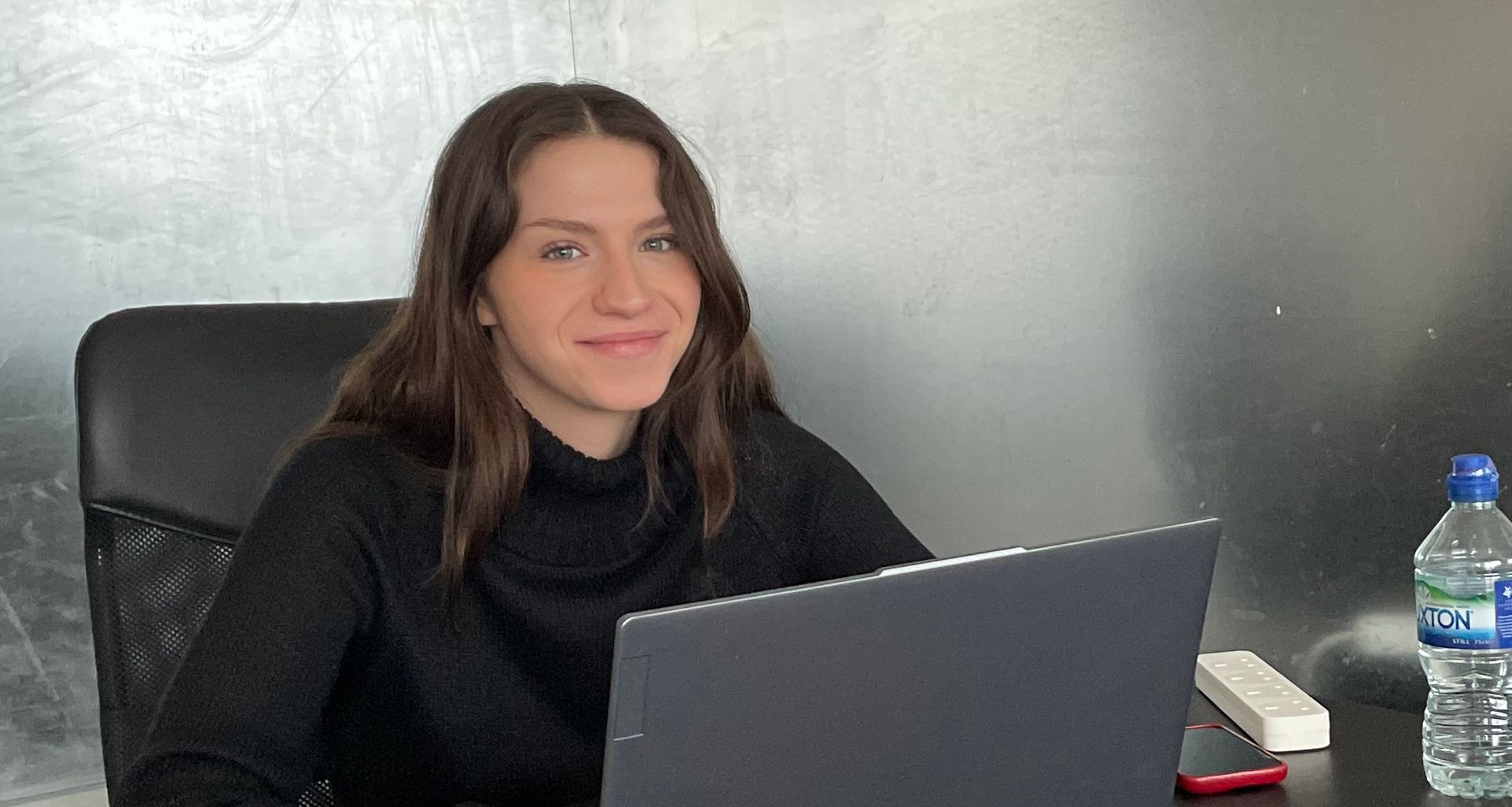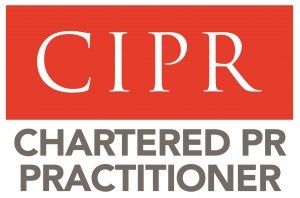If the recently published entry list for the International Media Festival for Prevention
is anything to go by, video is becoming an increasingly popular format to communicate positive health and safety messages. Of the 280-plus entries from around the world, some 77% were film. Video's effectiveness at delivering a message visually, concisely and with impact is evidently tailor-made to achieve the objectives of a health and safety campaign.
Looking more widely, pre-recorded video was one of the top four types of content for marketing and communications teams across industry sectors in 2020-21, according to the latest annual survey
by the Content Marketing Institute. And in 2021, content creation will be the most popular investment for marketing and comms, the survey says. Video is big and content is king, and there's no better illustration of this than the trend in the health and safety sector.
So, looking ahead to 2021 and, fingers crossed, fewer restrictions on our marketing and communications activities, let's take a look at what it takes to make a great health and safety video. Here, top videographer Rob Hickey gives you the expert's insight on how its done.
How to make an engaging safety Training film? Tell a story!
There are so many types of safety videos on show, ranging from voice-over overlaid with general b-roll shots, polished presenters guiding the audience around key areas of the site, to actors using scripted dialogue to build character, and even green screen studio news-room mockups. But one thing they all have in common? To engage, entertain and inform. Your video project can be as big as your budget allows but all are grounded in a few simple rules, that if followed, should make for a great video.
1. Get everyone together as early as possible.
Ask any video production service and they will tell you the same thing, preparation is key to a successful video. This ‘pre-production’ meeting must include all key department personnel and video team as early as possible to talk about 3 ‘s’ – script, storyboarding, scheduling. A meeting right at the beginning really will save you time and money.
2. Style
– Your video service will guide you through the different types of productions and the costing for each but suffice to say no matter what style you do decide, the key element to all of them is storytelling. Fundamentally, storytelling has three acts, set-up/conflict/resolution. Without writing War and Peace try to ensure there is context i.e. what the new apparatus, system or safety issue is, what can happen if you don't understand the process correctly and finally how to SOLVE the issue. Learn through leadership.
3. Dialogue
– Make sure you communicate in the language of the audience – that way they will engage. Don’t use jargon and too many facts and figures, it will turn them off. If you can make funny where applicable, then do so.
4. Peer to peer is great
and can be produced through short soundbites from staff. Don’t feed them the soundbites as that will come across wooden but ask leading question and see if something jumps out. If it does then ask them to repeat just that soundbite again. If that comes across as wooden then just move on and try other angles – the editor might be able to pull out the gem. Don’t go over the question beforehand as you want authenticity.
5. If you’re thinking of recording a talking head with the CEO then ask the video team to
bring an autocue, it’s a lot easier and will be much appreciated.
6. When filming, try to
shoot 2/3 different angles
of the same shot, the editor will love you for it! Not too many wide shots but mid shots of staff by machines then repeat on close ups, equipment, hands and face. The more variable the shots the more engaged the audience will be. The opening wide shot of Lawrence of Arabia was great but that wasn’t repeated, best to get to the detail.
7. Try to
have something moving to keep engaged, it’s not a photograph. So, slowly track the main character/s to the location, move the camera slightly around people talking or tilt and pan occasionally on wider shots, this way you will add flow and energy to the style.
8. Usually the locations used are not film sets but working environments and can be a bit messy.
Lighting
can really help fill out the dark areas and give warmth to the scene using gels and fillers.
9.
Sound is critical too
in working spaces and recorded badly can ruin the shoot. Try to use radio mics that are hidden from wind and can be taped to the chest. This way it can deaden the surrounding noise slightly, however if there’s drilling going on all day probably best to move. Do not use the top mic or internal mic of the camera as it will be too poor and no amount of post-production will be able to fix it.
10. Lastly,
make it full of enthusiasm. The subject might be slightly dry but that doesn’t mean the portrayal of it should. If you can make the script fun, interesting, relevant, emotional then anything you say will connect and be remembered, and that is the key to a successful safety awareness or training video. Good Luck!
Rob owns and runs Geofilms, a Branagh PR associate. For more information about Rob and his company, you can contact him at
e: robert@geofilms.co.uk
m: 07775 615755
w: geofilms.co.uk
w: britainisgreat.com




